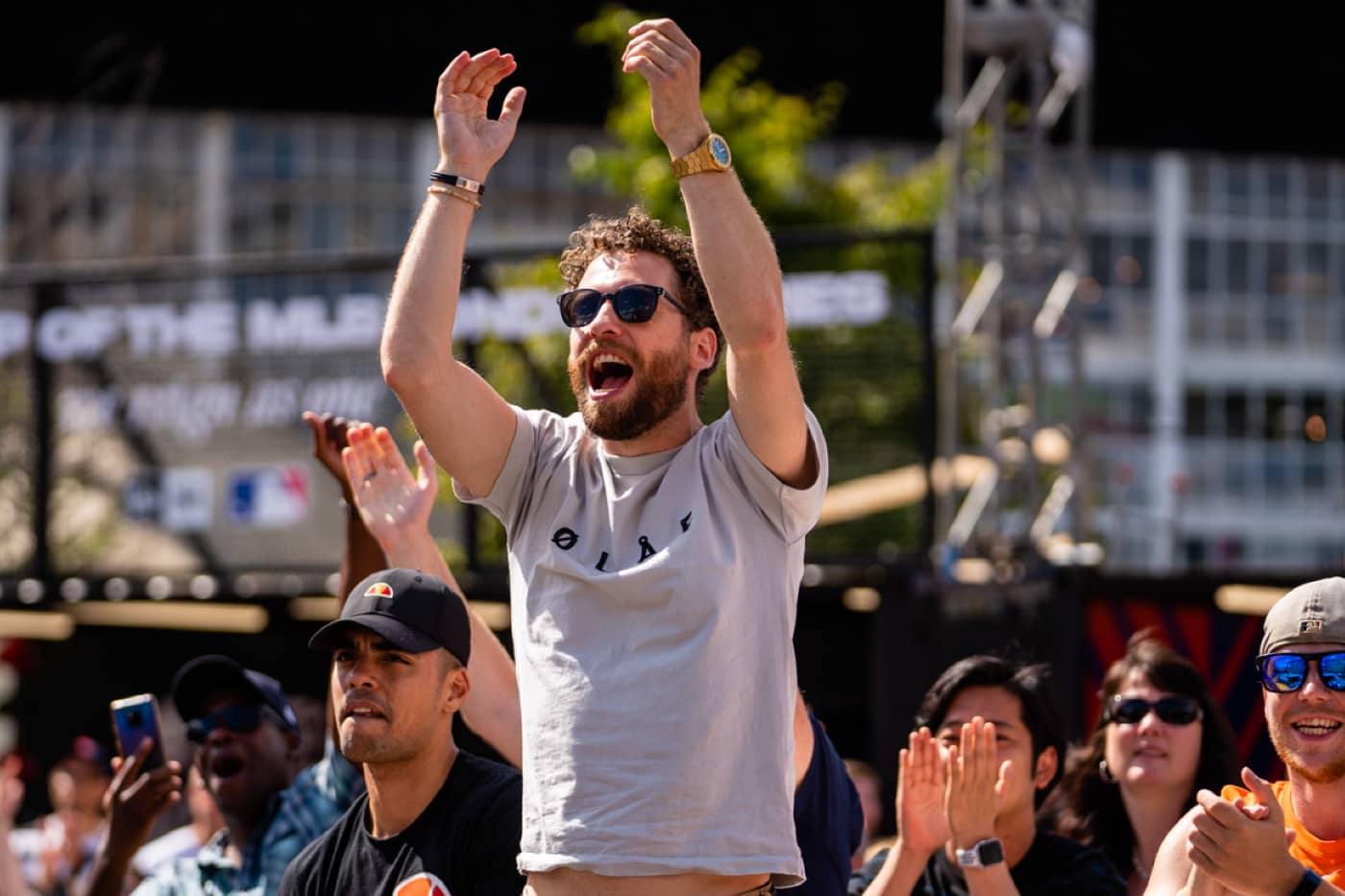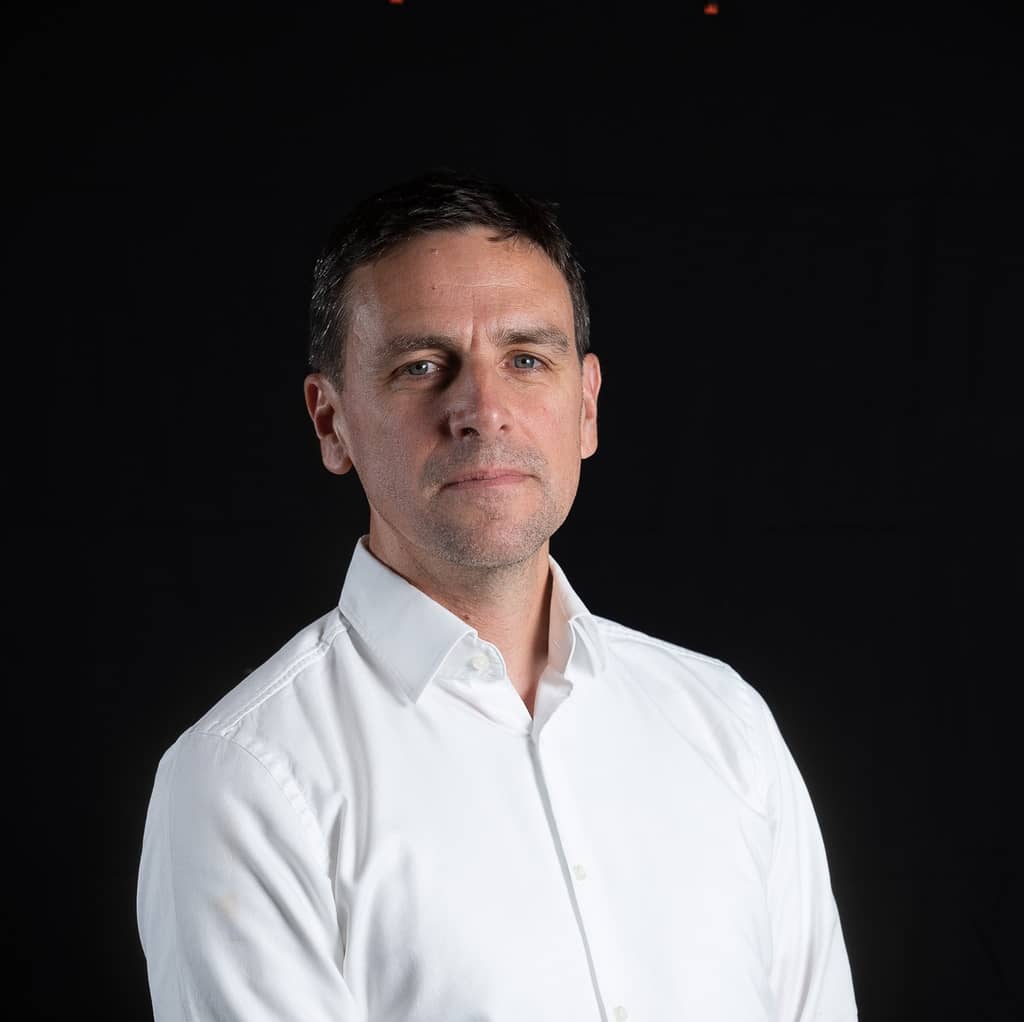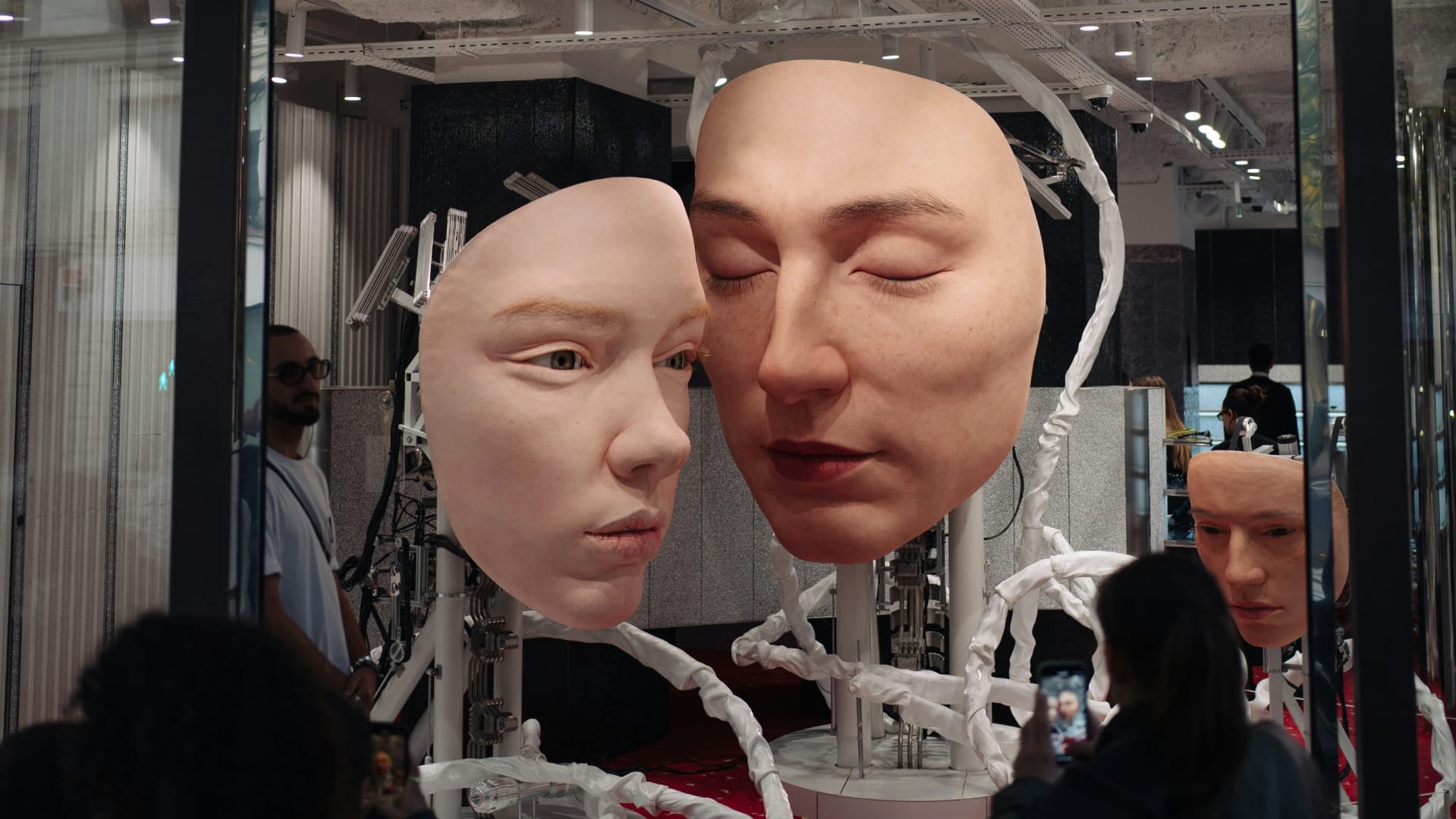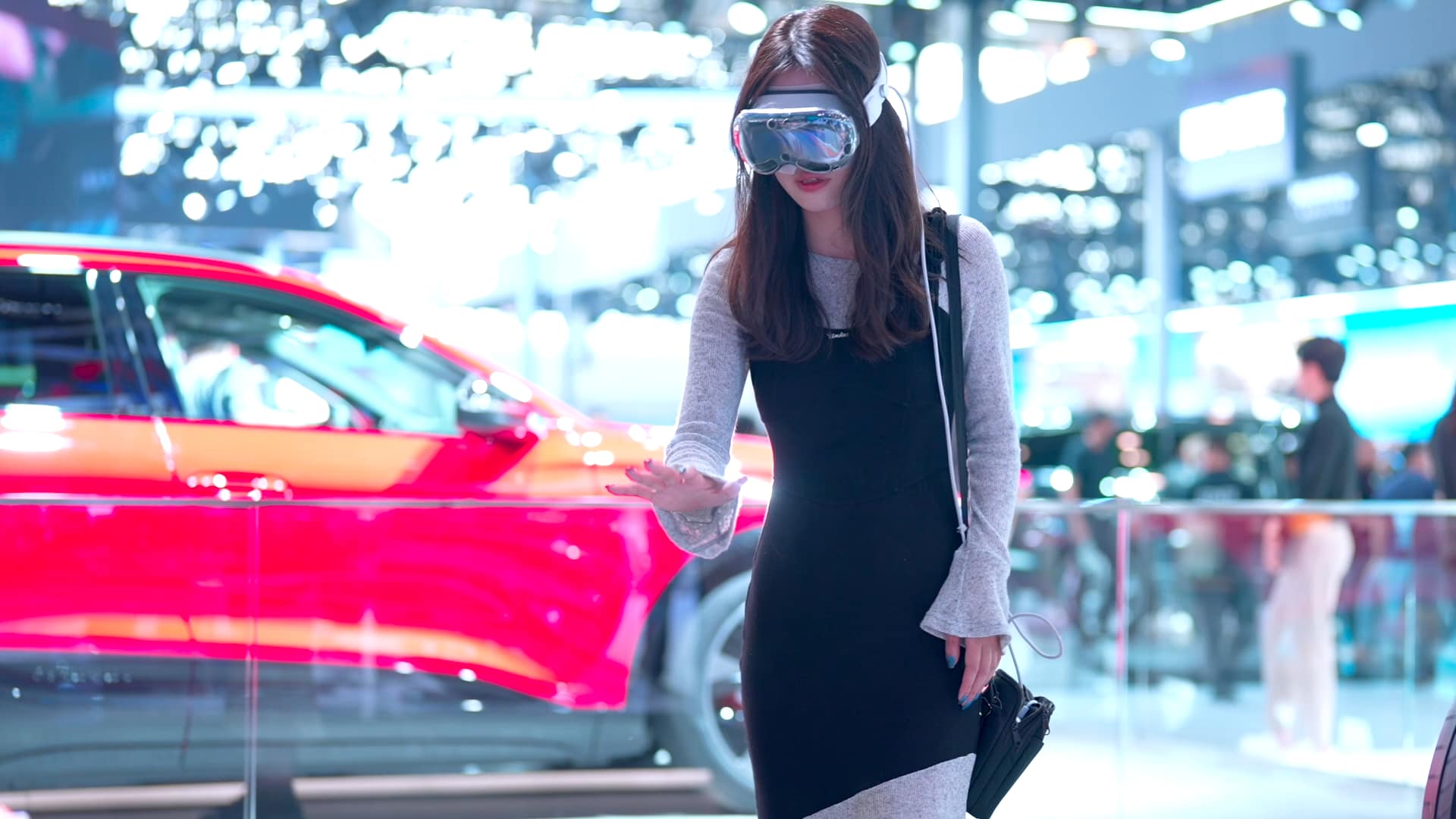
This article first appeared in Adweek, written by Tom Gray, Chief Strategy Officer.
From the spectacle of the Super Bowl and the adrenaline of the World Cup final to the in-the-moment joy of Glastonbury or the Travis Scott X Fortnite Astronomical concert breaking lockdown boundaries—experiences are impactful, inspirational and endure in the memory. For marketers and brand managers, experiences can engage customers and bring brands to life in ways that traditional communication channels can’t, offering immersive moments that entertain while building a brand connection.
But for some marketers yet to dip their toes into the experiential marketing waters, it is often concern over how to measure the activity that puts them off, as they remain wary of the metrics that will demonstrate the effectiveness of the experience. Marketing budgets, as we all know, are under increasing pressure, and marketers have become all too used to the instant feedback loop of digital marketing—which makes understanding the benefit of experiential marketing a much more challenging task.
For our whitepaper, we conducted a survey last year among senior marketers—375 marketers globally across four main industries—and found that while the majority had used experiential or events and exhibitions in campaigns, 22% had not. That’s a significant minority. And 41% of non-users said it was because they can’t measure its effectiveness—just behind lack of experience (49%) and not enough budget (42%). These numbers show a vicious cycle: lack of measurable evidence of ROI leading to lack of belief (and, in turn, lack of budget) and consequent lack of knowledge and confidence. To break this cycle, we’ve created a three-pronged formula for measuring the value of experiential marketing.
Experiential happens at a specific time and often in a physical place, and these constraints give some marketers the impression that it’s harder to measure this part of the marketing mix—but our formula uses easy-to-collect data, together with comparable measures from other channels, to create a measure of meaningful and sustainable ROI. The formula is simple, consisting of three variables: depth, behaviour and reach.
Depth
The first thing to look at is depth and how it impacts long-term brand value. We know there is a correlation between time spent with a brand and favourability toward that brand—experiences achieve significantly higher dwell time compared with above-the-line advertising or social media. So all it requires is a standard metric of engaged minutes for marketers to compare experiences with other forms of marketing. Then, Net Promoter Score can be used to measure the impact among attendees, or indeed other qualitative measures such as surveys.
At last year’s FIFA World Cup, Visa created an interactive football pitch experience that had an average dwell time of around 60 minutes. With over 120,000 visitors, it generated 7,920,000 engaged minutes with fans, which, compared with online video, equates to $4,752,000 of equivalent media spend.
Behaviour
Behavioural change is a long- and short-term measure. Over 10 years’ worth of research has proven the power of brand engagement in driving long-term perception and consequent preference and lifetime value. The depth of engagement measure gives us confidence in this long-term effect from experiential.
But experiential can also drive immediate short-term behaviours. By focusing on conversion metrics such as lead generation, product trialling or even product purchase, the power of experiences for short-term behaviour shifts can be determined.
Reach
Finally, by looking at the multiplier effect of the story of an experiential activation on traditional media and social channels, the reach of the experience can be measured.
Experiential marketing has traditionally focused on in-person experiences, but there is now significant additional value in designing experiences to be newsworthy and shareable. This creates a multiplier effect on social and traditional media, which can be measured with social listening and media monitoring tools. For Jaguar’s launch of the F-Pace, the vehicle was spectacularly driven around a giant Hot Wheels-style loop-the-loop in front of a select audience; rooted in experience, the story and video went viral, reaching a total of 935 million, increasing awareness of the vehicle and reappraisal of the brand.
Technology has fundamentally changed our ability to gather data from experiences, making it easier to measure the effectiveness of activities, both for people who participate and those who are reached through additional indirect channels. By looking at, for example, the depth of engagement or the reach of a story, you are provided with data to make the comparison of experiential marketing against other channels. With these methods of measuring, marketers can build a like-for-like picture of the effectiveness of their experiential.
This article draws on the research published in our recent White Paper. We surveyed 375 marketing executives to understand the reasoning behind brand’s strategic initiatives this year, revealing how brands can pivot amidst market changes, societal changes and a looming recession. The findings identified two key drivers, to grow market share and increase brand value – with more than half (54%) planning to do so through experiential marketing initiatives. Email marketing@imagination.com to receive your copy of the full report.



